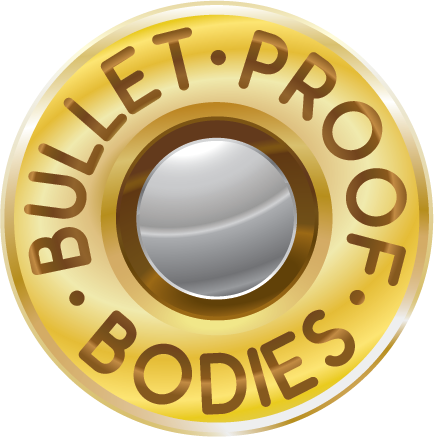What’s the CrossFit Open about?
The Open is about your ENGINE.
You know that only the Open can take you to the darkest of places.
Have you been training the following systems?
Aerobic Threshold:
Steady workouts at a moderate intensity to develop fuel efficiency (burn fat), muscular skeleton system, and aerobic endurance.
Lactate Threshold:
Higher volume workouts with longer distance intervals at higher “threshold” intensities with less rest between reps and/or sets.
VO2 Max:
Lower volume workouts, shorter distance intervals at higher intensities, and more rest between reps and/or sets.
Speed Endurance:
Very low volume workouts with interval distances less than 60sec. Extremely high intensities. Used to recruit fast twitch fibres and force them to develop endurance. Full recovery between reps and/or sets.
Strength Endurance:
Low volume workouts with high intensity intervals that include various explosive movements to recruit and develop your fast twitch muscle fibres.
The Open is about BURPEES.
The burpee has been around since 1939, when Royal H. Burpee invented the bodyweight movement as a quick, simple way of administering fitness tests and included it in his thesis for a doctorate in applied physiology from Columbia University. Over the last 75 years, the burpee has evolved from its original incarnation—a four-count movement to be performed four times in a row in order to evaluate fitness—to its current version: a six-count movement that includes three jumps, a couple squats, a push-up, and a not insignificant amount of torment.
1. Don’t rest. Pace. If you stop [in the middle of your reps], it only takes longer to get going again. Most people need to stop because they’re going too fast, but the best thing you can do if you’re doing a lot of repetitions is to go “slow” and steady: Pick a pace you can maintain for however many burpees you need to do, and don’t stop. So if you only have to do five to 10 burpees, you can go a little faster. But if you’re doing 50 burpees, go slower so you can maintain a consistent pace.
2. Feet go before hands. If you want to take a second off of your burpee, shoot your legs back before your hands hit the ground. When most of us first learn a burpee, we usually learn that our hands should hit the ground before we jump our feet back. But once you understand that basic movement, you can shoot your feet back before your hands land on the ground.
3. Turn on robot mode. When you have a lot of burpees to do…stop thinking about how man burpees you have to do. Just go into robot mode. Approach each small movement one at a time: “drop to the floor,” “feet back,” “jump up,” etc., and repeat. Just slip into auto-pilot and keep counting. Thinking ahead too much gets you freaked out about how many you have left to do. Just keep moving and focusing on one movement at a time.
4. Breathe! As much as you can, try to get into a rhythm with your breathing. Experiment with what works for you, recognizing that as you get more out of breath your rhythm will change slightly. But always try to keep your breathing as steady as possible.
5. Avoid common faults. Many people fall prey to two faults. The first is arching the back to come out of the burpee, as if they were doing an upward dog pose. This can lead to an aching lower back. The second fault is losing range of motion. The chest should touch the floor, not just the belly button or pelvis. The hips need to open up all the way at the top when you jump. Try looking straight ahead as you stand up and jump— this can help you to remember to open your hips.
Take it from CrossFit coach Erica Giovinazzo, who does plenty of burpees and programs them for her athletes.
The Open is about Dumbbell Thrusters
At some point in an athlete’s or trainees fitness there will come a time when the barbell will not be available and/or injury to the shoulder and wrist may make the barbell variation unbearable.
The dumbbells will allow for a wide array of wrist angle and overhead positionings that can be altered to best “fit” the athlete. For this same reason, increased joint stabilization can occur in varying positions to maximize joint capsule and movement Integrity as well.
Whatever the Open is about, it’s about our community having fun!
Video: https://www.youtube.com/channel/UCQHhd5lxVEkGidVXXegTisw
Video: https://www.youtube.com/channel/UCQHhd5lxVEkGidVXXegTisw

